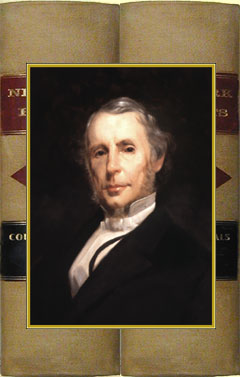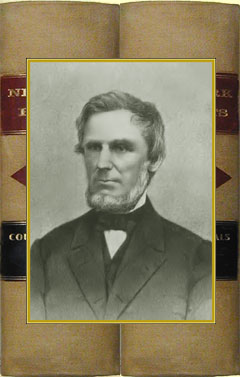
(Portrait courtesy of the Court of Appeals Collection)
|

|

(Photograph courtesy of New York Red Book, Albany, N.Y.)
|

|







